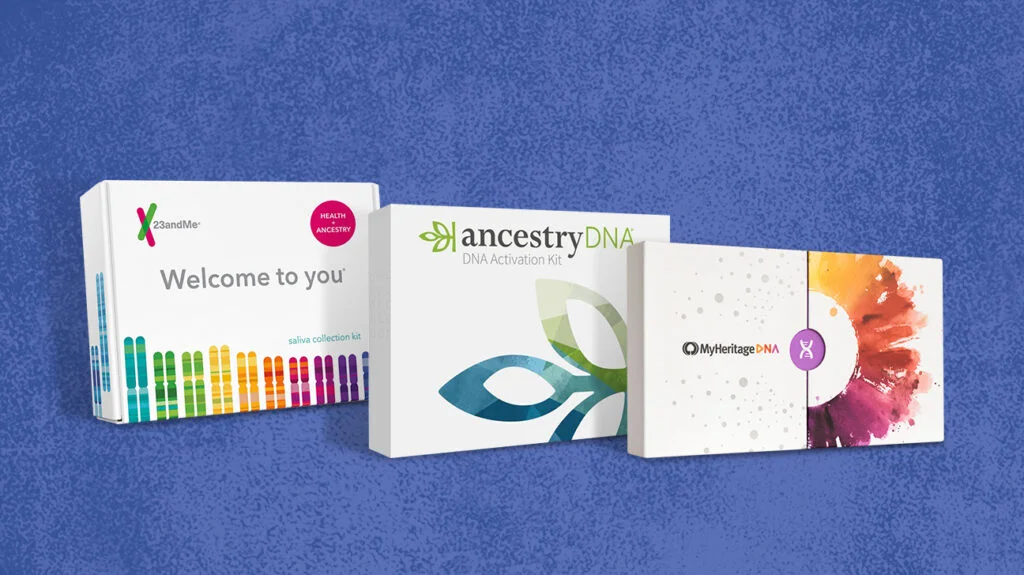Imagine a time when heart attacks were a death sentence for millions. Now, that reality has shifted dramatically. Over the past five decades, deaths from heart attacks have plummeted by an astonishing 88% in the U.S., a testament to medical breakthroughs and lifestyle changes. But this victory comes with a catch: other heart-related issues, like heart failure and hypertensive heart disease, are claiming more lives than before. This article dives into the heart attack decline, exploring why heart attack rates are down, what’s driving new heart disease trends, and what these changes mean for our future health.
The Data: Heart Attacks Fade, Other Conditions Rise
A Remarkable Decline
Since 1970, the U.S. has seen a seismic shift in heart disease patterns:
- Heart Attack Deaths: Down nearly 88%, from a leading cause of death to a far less frequent killer.
- Overall Heart Disease Deaths: Dropped by 54% over the same period, reflecting broader improvements in heart health.
- New Threats: Deaths from heart failure and hypertensive heart disease surged by 81%, signaling a shift in the types of heart conditions affecting Americans.
These findings, published in June 2025 in a major medical journal, highlight a complex picture of progress and new challenges.
Why the Drop in Heart Attacks?
Several factors have fueled the heart attack decline:
- Medical Advances: Innovations like bypass surgery, stents, and cholesterol-lowering drugs like statins have saved countless lives.
- Lifestyle Shifts: Smoking rates have plummeted since the 1970s, with only 11.5% of U.S. adults smoking in 2021, down from nearly 40% in 1970, per CDC data.
- Better Awareness: Public health campaigns have pushed early detection and risk factor management, like controlling blood pressure and cholesterol.
- Emergency Care: Faster response times and advanced paramedic services mean more heart attack victims survive the critical first hours.
These combined efforts have transformed heart attacks from a death sentence to a manageable condition for many.

The Flip Side: Rising Chronic Heart Conditions
Heart Failure and Hypertension Take Center Stage
While heart attacks are down, other heart conditions are filling the gap:
- Heart Failure: This condition, where the heart struggles to pump blood effectively, has seen an 81% rise in deaths. Aging populations and longer lifespans with chronic diseases like diabetes contribute to this trend.
- Hypertensive Heart Disease: Driven by high blood pressure, this condition damages the heart over time and is increasingly deadly, especially among older adults.
- Atrial Fibrillation: Irregular heart rhythms are on the rise, linked to obesity and prolonged survival with other heart issues.
These conditions reflect a population living longer but grappling with the wear and tear of chronic diseases.
Why Are These Conditions Rising?
Several factors explain the surge:
- Aging Population: Americans are living longer, with the over-65 population growing from 9.8% in 1970 to 16.8% in 2020, per U.S. Census data. Older age increases risk for chronic heart issues.
- Obesity and Diabetes: Over 40% of U.S. adults are obese, and 11.6% have diabetes, both major drivers of heart failure and hypertension, according to CDC 2023 reports.
- Survivor Effect: People surviving heart attacks due to better treatments often develop chronic conditions later, as damaged hearts weaken over time.
- Social Determinants: Inequities in healthcare access and stress-related factors like poverty contribute to higher rates of hypertension, especially in underserved communities.
These trends suggest that while we’re winning battles against heart attacks, the war on heart disease is far from over.
Emerging Risks: Cannabis and Heart Health
A Surprising Culprit
Recent studies have raised alarms about a new risk factor: cannabis use. Key findings include:
- Doubled Risk: A 2025 study found that marijuana use doubles the risk of dying from heart disease, particularly from heart attacks and strokes.
- Younger Users at Risk: Frequent cannabis users, especially those under 45, face higher odds of cardiovascular issues, challenging the perception of marijuana as harmless.
- Mechanisms: Cannabis can raise heart rate, blood pressure, and inflammation, all of which strain the heart over time.
As marijuana legalization spreads—38 states allow medical or recreational use as of 2025—public health experts are calling for warnings similar to those for tobacco.
What’s Next for Heart Health?
Prevention and Innovation
To tackle rising chronic heart conditions, experts advocate:
- Lifestyle Focus: Promoting exercise, healthy diets, and weight management to curb obesity and diabetes, which fuel heart failure.
- Early Screening: Routine checks for blood pressure and cholesterol, especially in high-risk groups, can catch issues before they escalate.
- New Treatments: Experimental drugs like Obicetrapib, which lowers bad cholesterol and lipoprotein(a), show promise for treatment-resistant patients.
- Equity in Care: Expanding access to quality healthcare in underserved areas to reduce disparities in hypertension and heart failure outcomes.
These strategies aim to build on the success against heart attacks while addressing new threats.
Public Awareness
Educating the public remains critical. Campaigns emphasizing heart-healthy habits and the risks of emerging factors like cannabis use can empower people to take charge of their health. Meanwhile, healthcare providers must stay vigilant, ensuring chronic conditions are managed early to prevent fatal outcomes.
A New Era of Heart Disease
The heart attack decline is a medical triumph, with deaths down nearly 88% since 1970 thanks to breakthroughs in treatment, lifestyle changes, and awareness. But the rise of chronic conditions like heart failure and hypertensive heart disease, up 81%, reminds us that heart health remains a complex challenge. An aging population, obesity, and emerging risks like cannabis use are reshaping the landscape of heart disease. By doubling down on prevention, embracing new treatments, and addressing inequities, we can build on past successes and keep hearts beating stronger for years to come. The fight isn’t over—it’s just changed.




